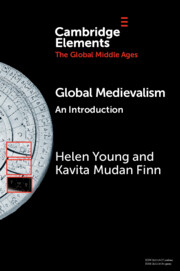Element contents
Global Medievalism
Published online by Cambridge University Press: 12 September 2022
Summary
- Type
- Element
- Information
- Online ISBN: 9781009119658Publisher: Cambridge University PressPrint publication: 06 October 2022
Bibliography
- 13
- Cited by



